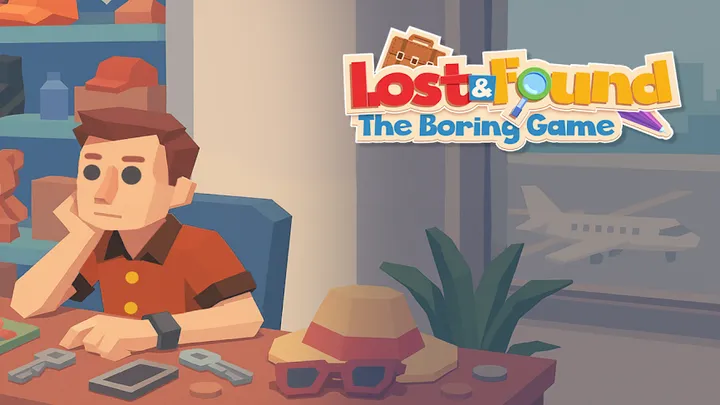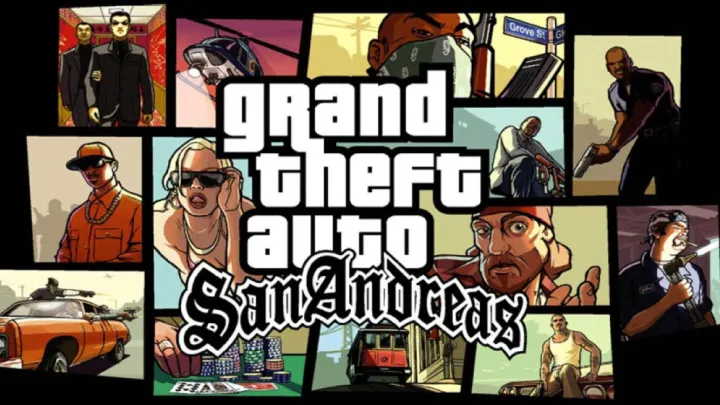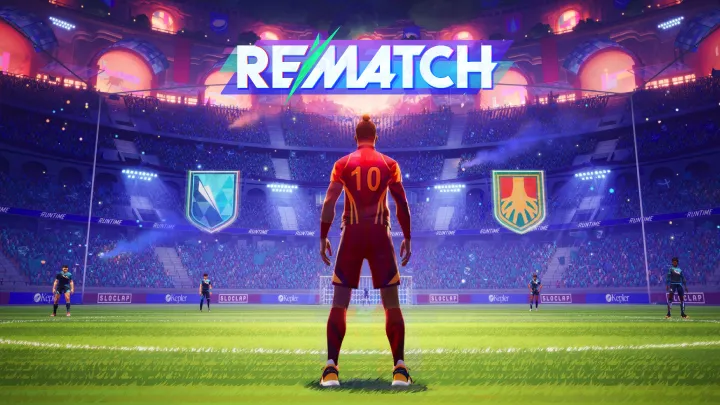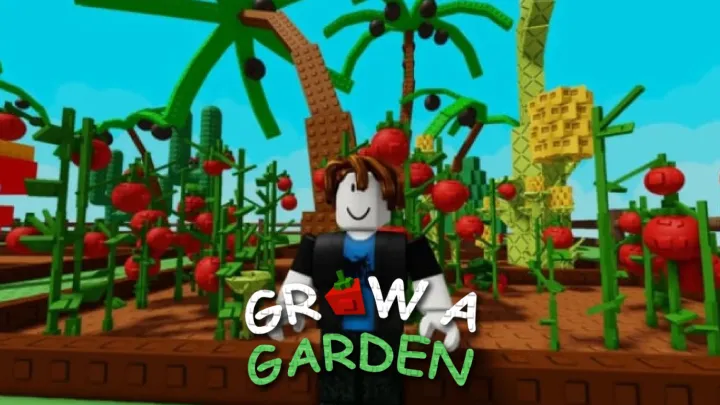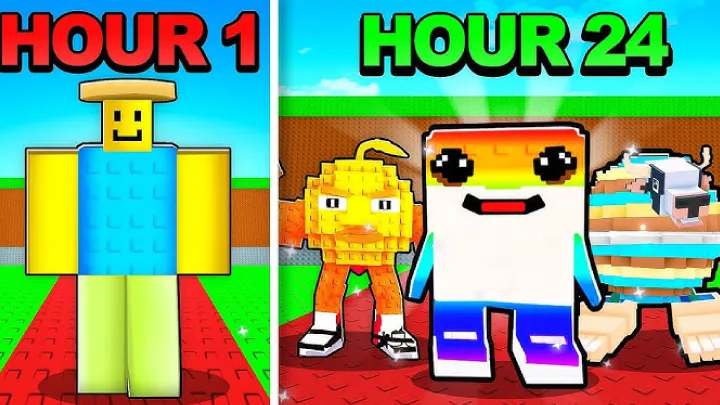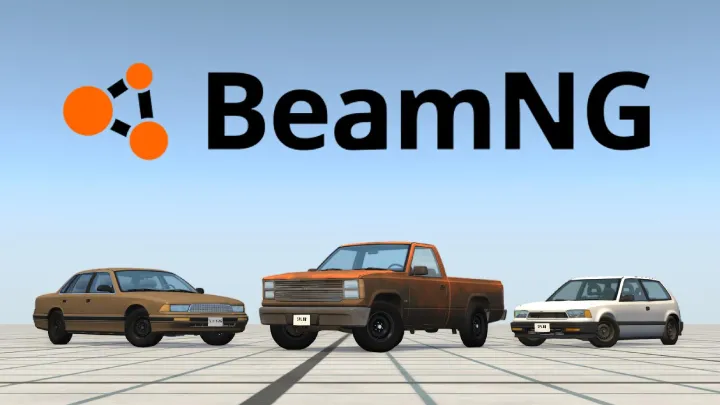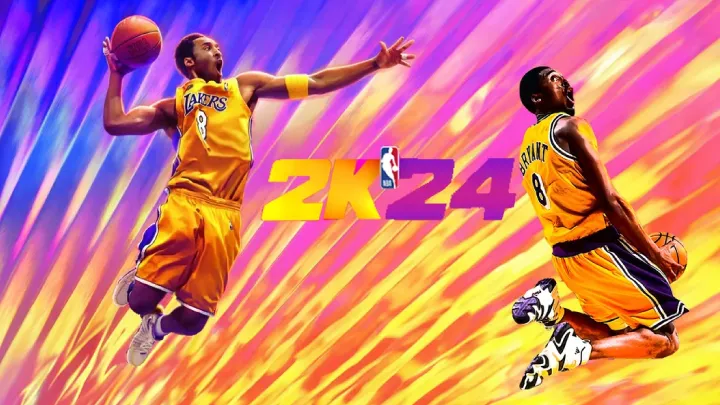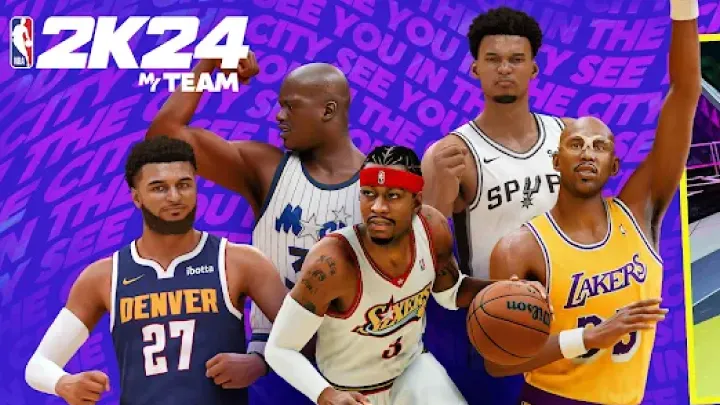Introduction
Stumble Guys may look like a lighthearted battle royale full of colorful chaos, but beneath its cartoonish exterior lies a serious design challenge: competitive balance. For a multiplayer game that blends platforming, physics-based randomness, and social interaction, keeping the competition fair is much harder than it seems. This article explores how competitive balance in Stumble Guys affects player satisfaction, community growth, and long-term sustainability.
The Origins of Balance Issues
From its release, Stumble Guys drew comparisons to Fall Guys. Yet while it inherited many strengths, it also inherited balance struggles. The early player base noticed how randomness could override skill, leading to both laughter and frustration. Balance concerns started here.
The Role of Physics and Randomness
The physics engine is both the game’s biggest asset and its biggest weakness.
- Physics creates hilarious unpredictability.
- But physics also punishes skilled players unfairly.
Players began questioning: is this luck or skill? Developers walked a fine line between keeping chaos fun and avoiding rage-quit moments.
Skill Gaps and Accessibility
Competitive balance is not just about mechanics; it’s also about accessibility. The game attracts both casual and hardcore players. Hardcore players master maps quickly, while casuals stumble literally. Bridging this gap became one of the toughest design decisions.
When Casual Meets Competitive
- Casual players want goofy fun.
- Hardcore players want ranked systems.
- The result: tension in how fairness is defined.
Pay-to-Win Perceptions
With the introduction of skins, battle passes, and purchasable emotes, concerns grew. Although cosmetics were initially harmless, some skins offered animations or hitbox advantages. Even slight perceived imbalance can erode trust.
Cosmetic Fairness
- Skins should not affect gameplay.
- Some argue they subtly do.
- The balance debate deepened with every season.
Map Design as a Balancing Tool
Each map presents unique challenges. Some heavily favor speedrunners, while others punish precision. The design of obstacles can tilt balance unintentionally.
Examples of Imbalance
- Race maps benefit high-skill mastery.
- Survival maps sometimes rely on luck.
- Team maps amplify frustration with uneven groupings.
Ranking Systems and Competitive Play
The addition of ranked play magnified balance concerns. Players expect competitive modes to emphasize skill over luck. When randomness decides matches, frustration spikes.
Ranked vs. Casual Modes
- Casual can embrace chaos.
- Ranked must reward consistency.
- Mixing the two confuses player expectations.
Community Reactions and Feedback
Forums, Discord groups, and social media brim with discussions about fairness. Memes highlight funny unfairness, but competitive players argue for structural change.
Player Trust
Balance issues affect trust in developers. If players feel ignored, communities fracture. If developers respond well, goodwill grows.
Developer Strategies for Balance
The Stumble Guys team has experimented with:
- Adjusting physics to reduce extreme randomness.
- Redesigning problematic maps.
- Clarifying ranked matchmaking rules.
Long-Term Goals
Balance is never perfect, but transparency about changes helps communities accept imperfections.
The Psychological Impact of Balance
When players perceive unfairness, they lose motivation. Competitive imbalance reduces retention rates. A game survives not only on fun but also on fairness.
Fun vs. Frustration
- Small unfairness can be funny.
- Repeated unfairness feels toxic.
- Balance preserves the fun-to-frustration ratio.
Toward a Sustainable Competitive Future
Balancing chaos with competition is the central identity challenge of Stumble Guys. The game thrives on silliness, yet players demand structure. Achieving harmony here is the key to its future.
The Blueprint Ahead
- Keep chaos in casual play.
- Refine balance in ranked.
- Never let monetization undermine fairness.
Conclusion
Stumble Guys is not just about stumbling, tripping, and laughing; it is about walking a thin tightrope between chaos and competition. Competitive balance defines whether the game remains a short-lived trend or evolves into a lasting esports-lite platform. By addressing physics unpredictability, pay-to-win perceptions, and skill gaps, developers can ensure fairness without killing the fun. Balance may not mean eliminating randomness—it means channeling it in ways that feel rewarding, not punishing.
